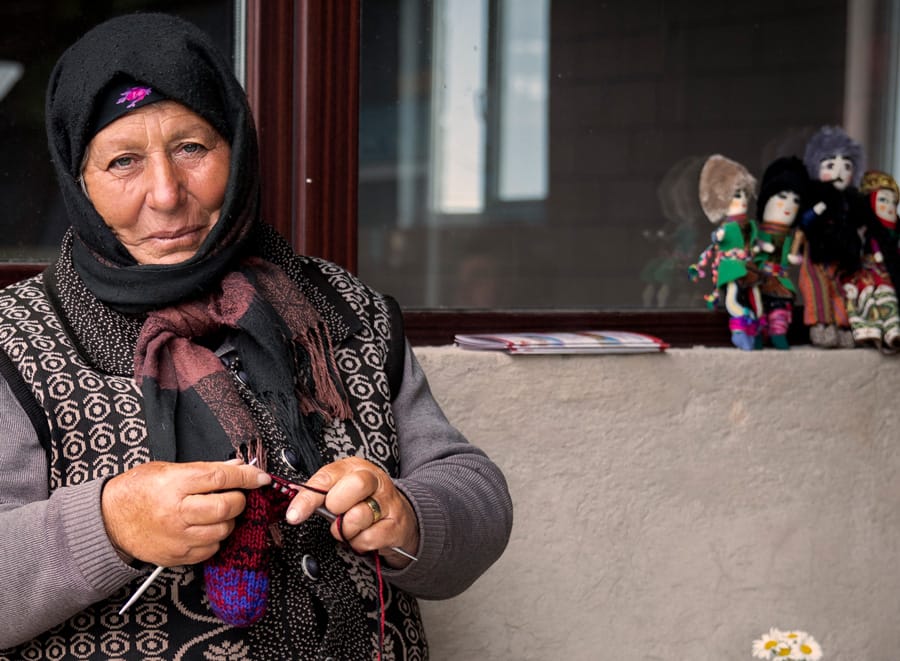Inequality wastes resources.
In highly unequal economies, the poor may not have access to education, financial markets, or other avenues to increase income. This makes it hard for them to develop their productive capabilities.

Global inequality—income differences among countries—has been declining, but the picture within countries is less clear and varies depending on income group and country-specific factors. IMF research has shown that persistently high inequality is associated with lower, less durable economic growth and greater financial instability—which makes reducing inequality directly relevant to the IMF’s work.

In highly unequal economies, the poor may not have access to education, financial markets, or other avenues to increase income. This makes it hard for them to develop their productive capabilities.

Prolonged unemployment degrades skills, limits employability, and depletes trust in government. This effect is particularly serious among young people, who in some countries have high unemployment rates, and for women in countries where discrimination, social customs, or unequal opportunity keep them out of the labor force.

When citizens feel treated unfairly, the lack of social cohesion can lead to more political struggles for public resources, rent-seeking efforts, and greater difficulty for governments to adopt the welfare-enhancing reforms needed for longer-term inclusive growth. In extreme cases, polarization can lead to instability and conflict.

Inequality impairs the ability to cope with risk—highly unequal societies tend to have limited ways of insuring against economic disruptions. High inequality can also increase financial fragility—especially by simultaneously increasing the savings of the rich and the demand for credit by the poor and middle class.
Policies to address inequality and help enhance growth and economic inclusion at the same time include expanding access to quality education and healthcare for the poor, investing in infrastructure, deepening financial inclusion to reach the most vulnerable, and incentivizing increased female labor force participation.
Revenue collection and targeted spending are especially important in this context—the October 2017 Fiscal Monitor: Tackling Inequality discusses some options for addressing inequality while striking the right balance between efficiency and equity. Well-designed progressive income taxes, as well as certain wealth taxes, can contribute to reducing inequality without sacrificing growth. Ongoing empirical work shows that a “universal basic income” has the potential to reduce poverty and inequality but is contingent on a country’s administrative capacity and ability to enhance targeting of social spending.
Note: Bar height indicates level of global inequality as measured by the mean log deviation (left hand scale). Orange bars show within-country inequality, weighted by population; yellow bars show level of between-country inequality, which captures differences in average income across countries.
Sources: Lakner and Milanović 2016; Milanović 2016; and World Bank 2016.
Although income gaps between countries have narrowed, inequality within countries rose from the mid-1980s to the mid-2000s, especially in advanced economies. Numerous factors explain these trends: